Every year, when Samsung announces a new Galaxy S flagship, I find myself asking the same question: how are they going to make it better than the previous version?
And every year, I find myself thoroughly impressed at the improvements that Samsung has made to their flagship line-up. Each generation of the Galaxy S have been a significant step forward from the previous one. There are some exceptions, of course. The Galaxy S5 for example, was abysmal. But, generally, Samsung has had a good track record when it comes to making better and better phones year after year.
And we arrive here, 2020. A new decade, a new milestone, a new generation of devices. This time, they’re called the Galaxy S20. What does it take to make the perfect smartphone?
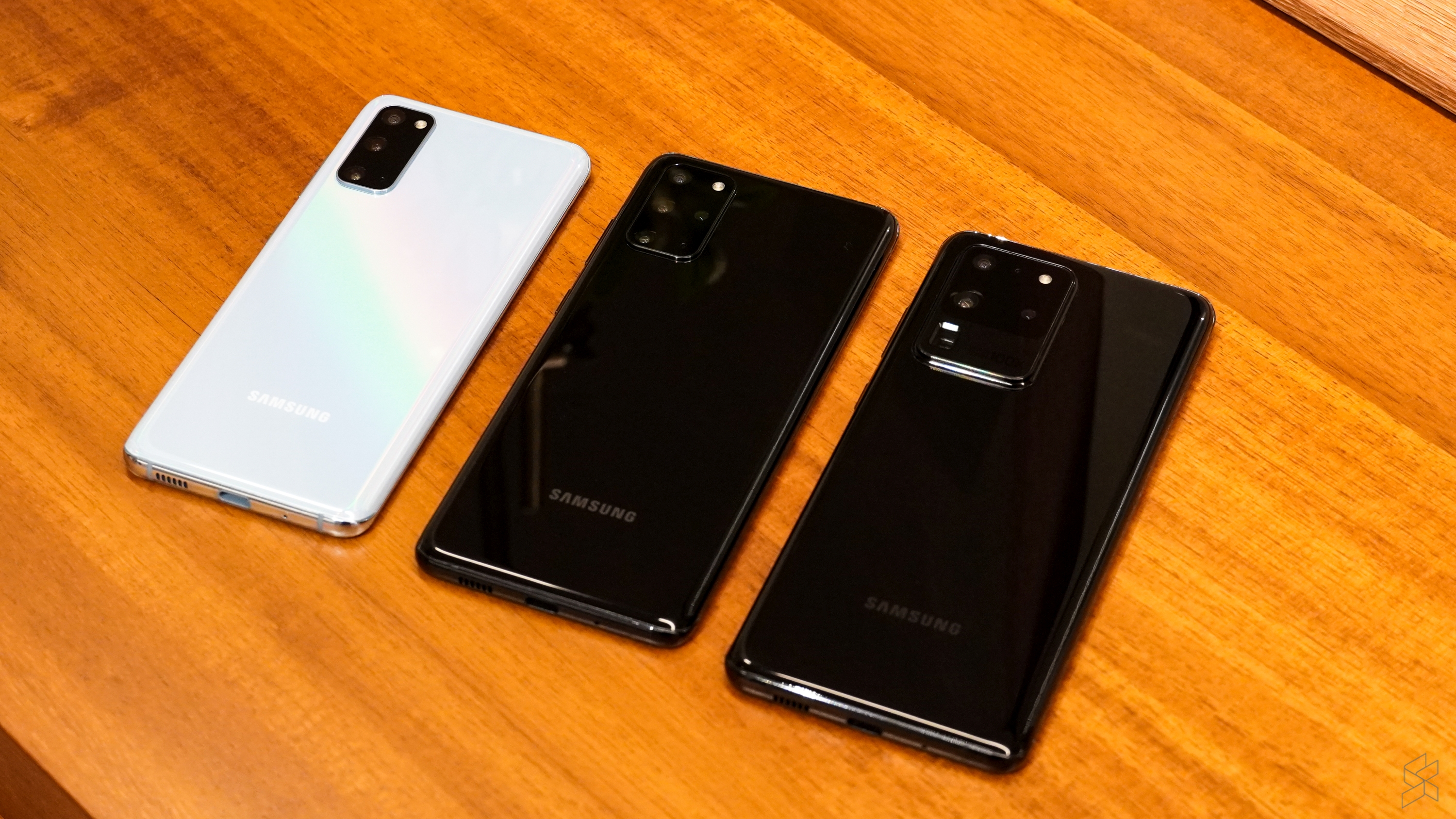
It’s the specs
There will be three variants on offer in the Galaxy S20 line-up, the Galaxy S20, the Galaxy S20+ and the Galaxy S20 Ultra.
The Galaxy S20 gets a 6.2-inch Quad HD+ (3200×1440, 563PPI) Dynamic AMOLED 2X display with 120Hz high-refresh rate (double from the 60Hz display that you get on almost all smartphone) and HDR 10+ certification.
At the back, there’s a triple camera array that features a 12MP ultra-wide lens (120° viewing angle, f/2.2 aperture), a 12MP wide angle lens (79°, f/1.8) and a 64MP telephoto lens (76°, f/2.0). For selfies, the Galaxy S20 gets a 10MP front camera with 80°, f/2.2 wide-angle lens.
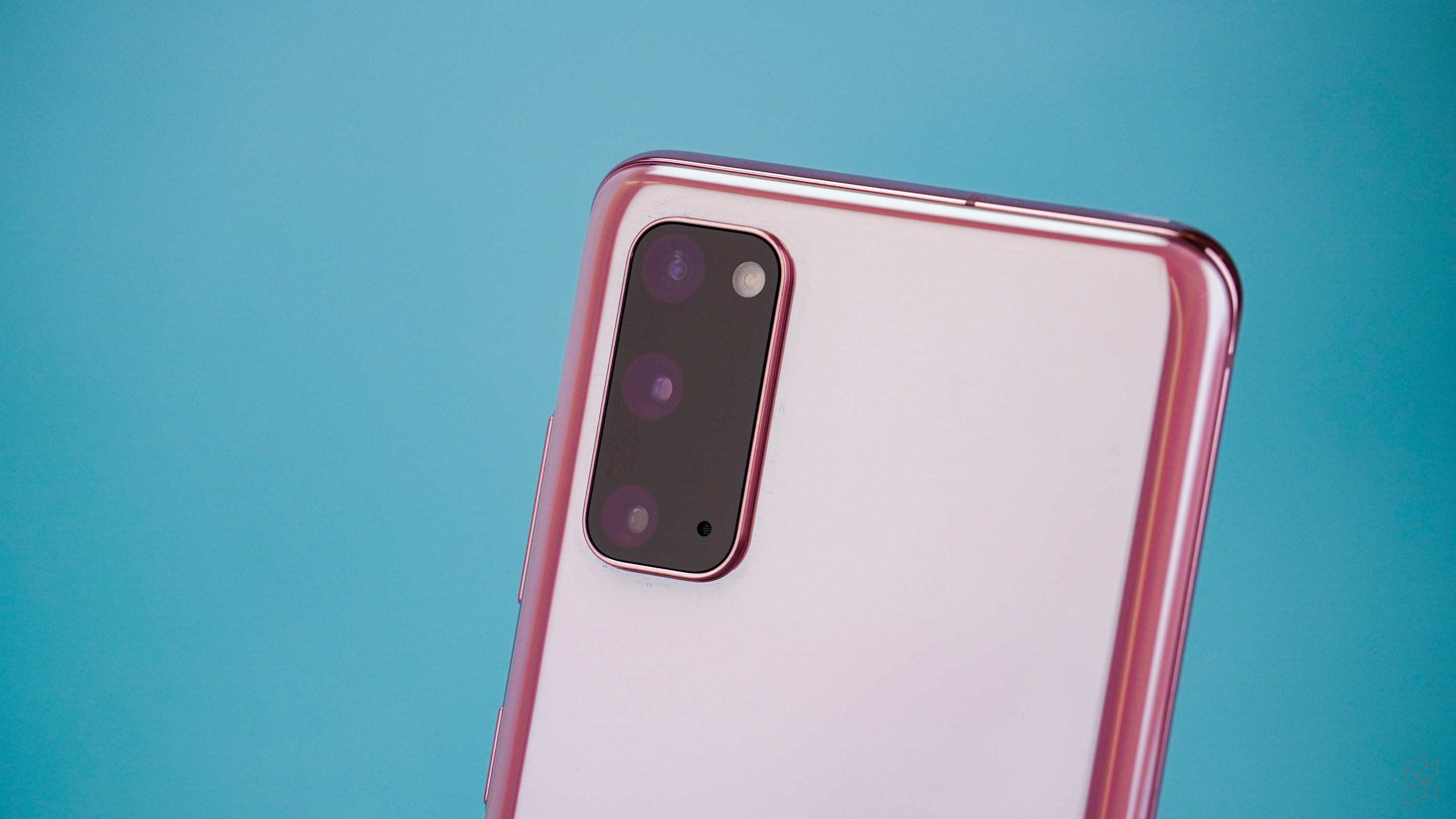
In the processor department, the Galaxy S20 – in Malaysia – will be powered by Samsung’s latest 7nm Exynos 990 processor (there is a Snapdragon 865 variant as well but that’s usually for other countries, like the U.S.). The processor is mated to either 8GB or 12GB of LPDDR5 RAM and 128GB of onboard storage with the option to add an additional 1TB of memory via microSD.
At the time of me writing this, Samsung has not confirmed if Malaysia will get the 8GB or 12GB version. I’ll update this info once I get the latest info from them.
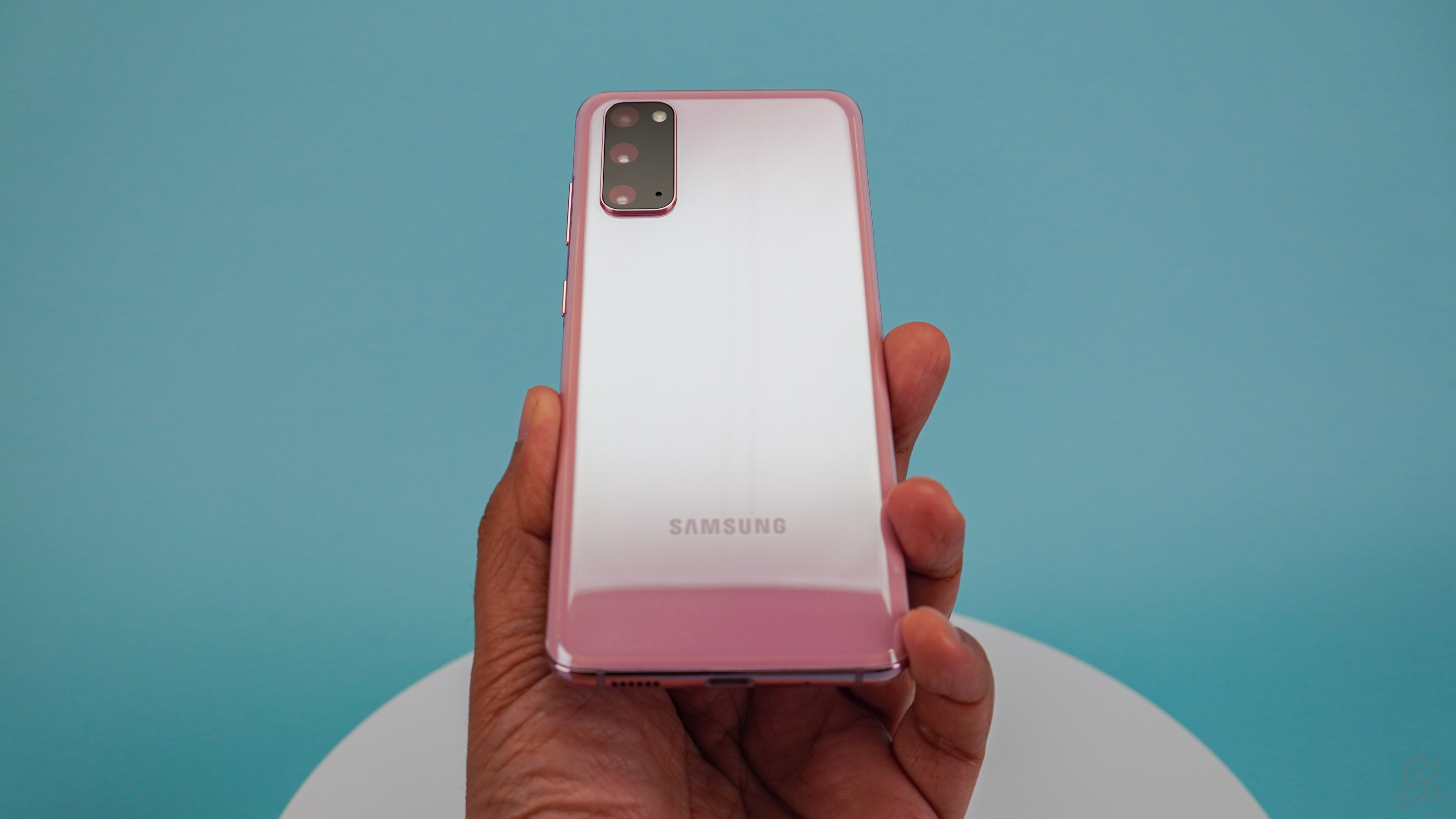
In terms of battery, the Galaxy S20 gets a 4,000mAh unit with improved fast charging and improved wireless charging. Samsung’s Wireless PowerShare (a feature that can turn the Galaxy S20 into a wireless charger) is also present.
You also get all the bells and whistles you’d expect from a Samsung device. There’s an in-display fingerprint sensor, Samsung Pay, Samsung Knox, Bixby are all present in the Galaxy S20 and across the range.
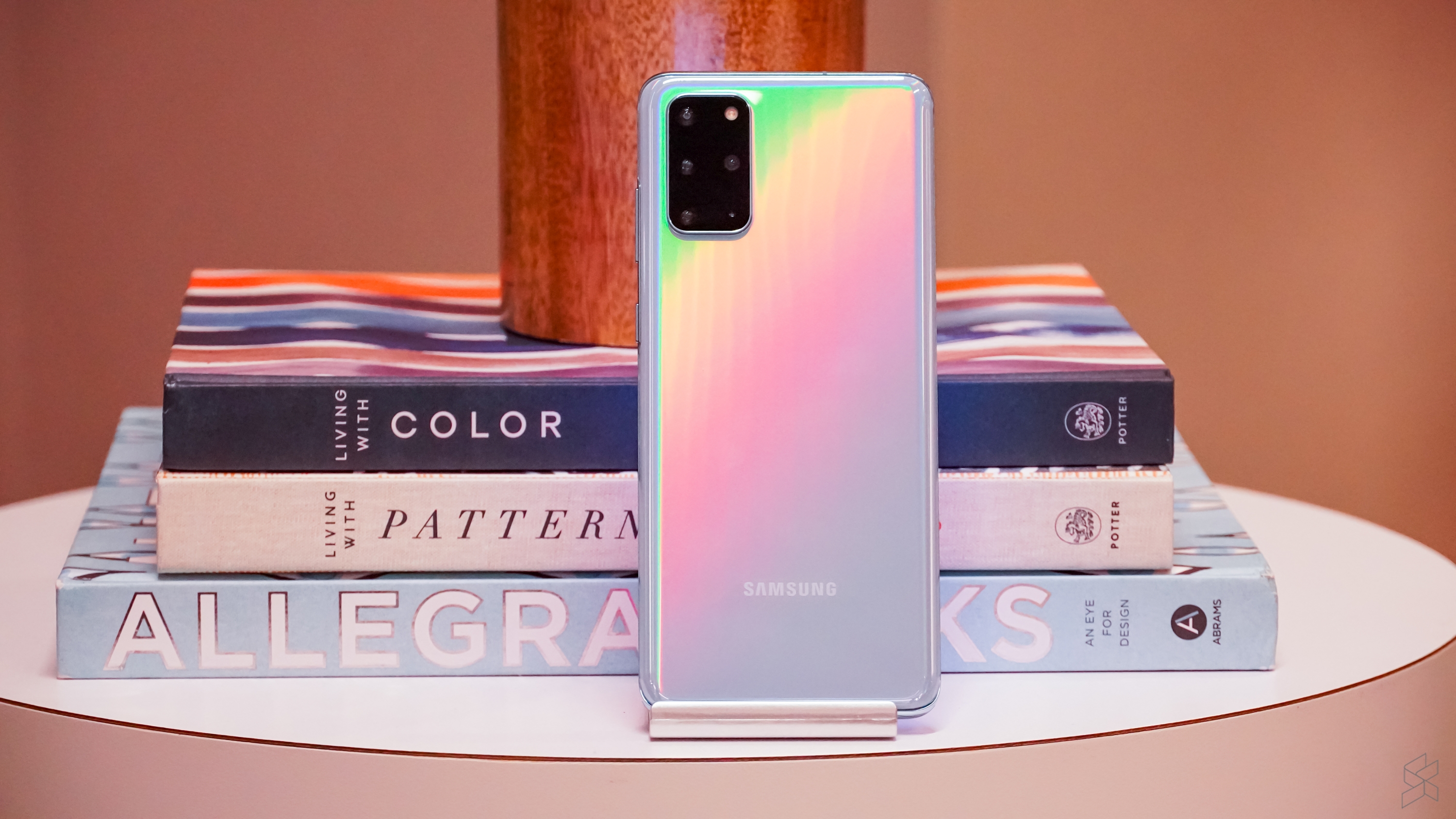
Next up the range is the Galaxy S20+. The device features a 6.7-inch Dynamic AMOLED 2X display with the same Quad HD+ resolution and 120Hz high-refresh rate as the Galaxy S20 but because the display is larger the pixel density is slightly lower at 525PPI. The Galaxy S20+ also shares the same processor as the Galaxy S20 with the same 8GB or 12GB RAM options.
Where the Galaxy S20+ differs from the Galaxy S20 is in the onboard camera and storage. In terms of storage, 128GB or 512GB options are available both with support for microSD card up to 1TB. At time of writing, Samsung has not confirmed whether Malaysia will be getting the 128GB or 512GB version.
In terms of camera, the Galaxy S20+ gets four cameras, three of which are similar to the Galaxy S20, that is the 12MP ultra-wide lens (120° viewing angle, f/2.2 aperture), the 12MP wide angle lens (79°, f/1.8) and the 64MP telephoto lens (76°, f/2.0). Even the selfie camera on both variants are the same which is the 10MP wide angle unit.
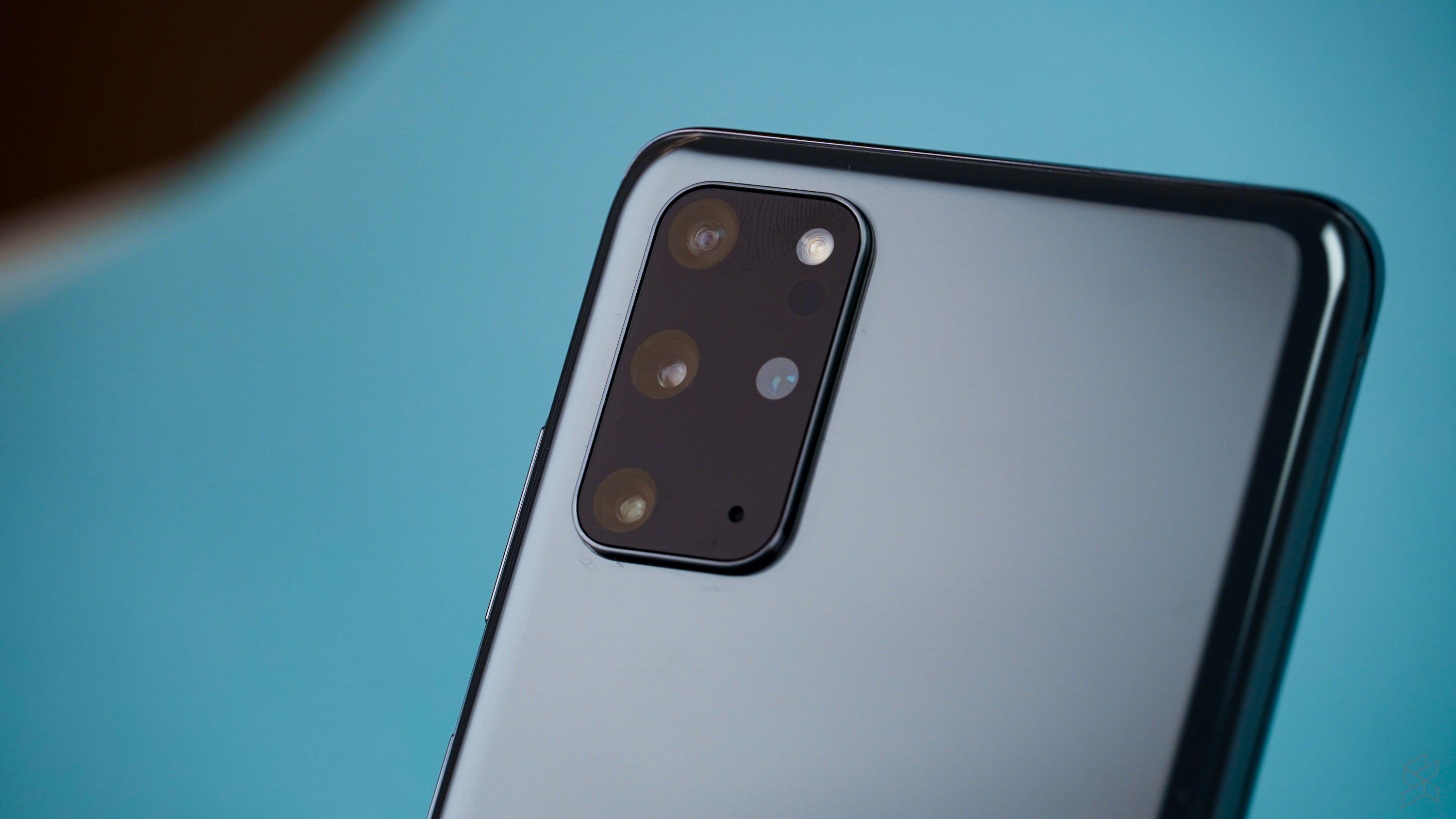
Where the Galaxy S20+ differs from the Galaxy S20 is in the inclusion of Samsung’s DepthVision camera. The camera uses light bouncing back from an object to accurately measure the depth of the object in 3D space. This information is used to create more realistic blurred background effect (known as bokeh).
The battery is also bigger in the Galaxy S20+ at 4,500mAh which is 500mAh more than the Galaxy S20.
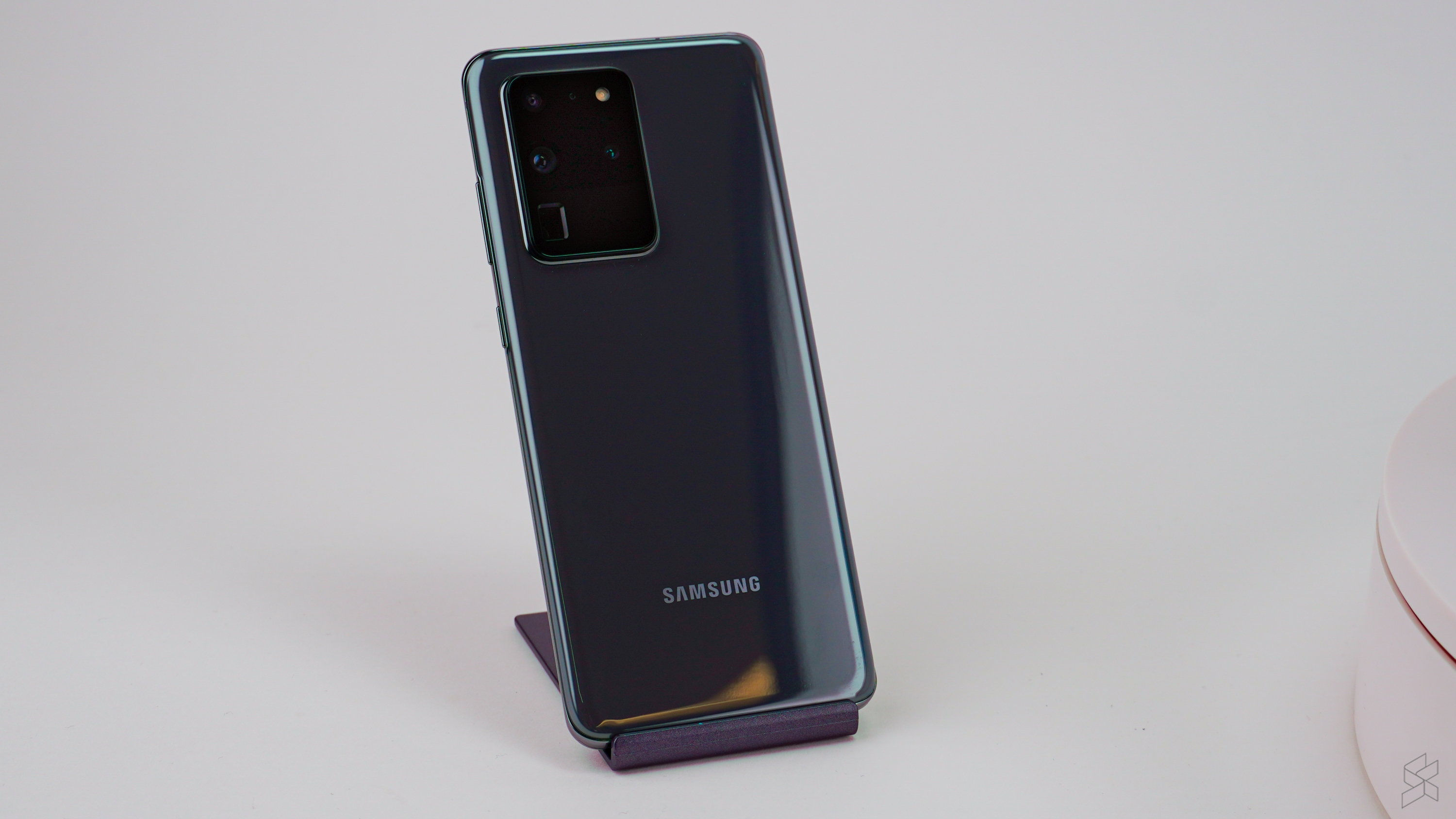
And finally, at top the range, we have the Galaxy S20 Ultra. The Galaxy S20 Ultra gets a 6.9-inch display featuring the same Quad HD+ Dynamic AMOLED 2X display with 120Hz panel as the Galaxy S20 and Galaxy S20+ but due the larger display the pixel density is lower at 511PPI. However, this shouldn’t be a concern as a pixel count of over 500PPI is still very high. As a comparison, the pixel density on the 5.8-inch iPhone 11 Pro Max is only 458PPI.
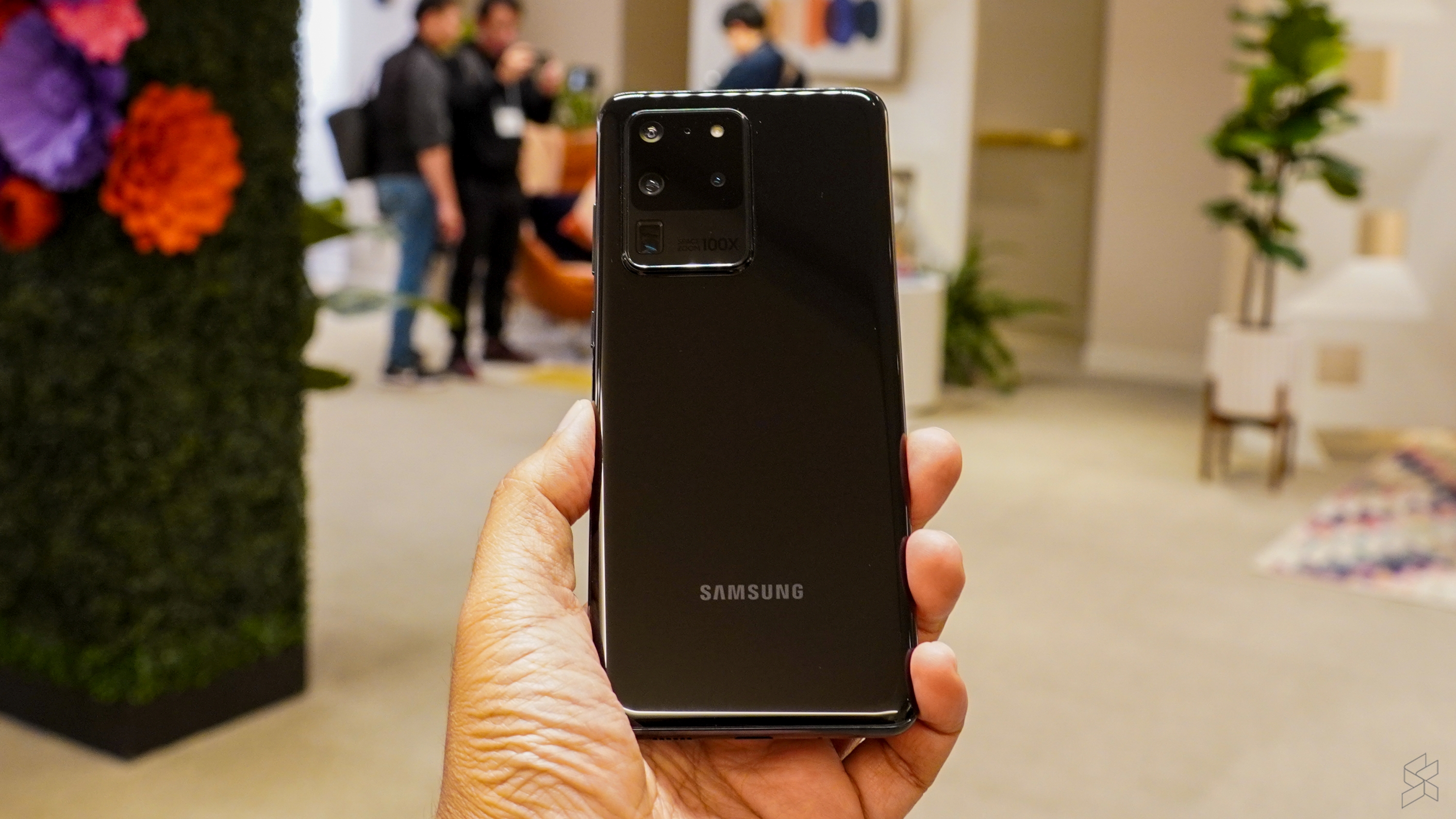
The Galaxy S20 Ultra is also differentiated from the rest in the range with its cameras. It is the only phone in the Galaxy line-up that gets the epic 108MP wide angle camera (79°, f/1.8). In addition to that, the Galaxy S20 Ultra also gets a 12MP ultra-wide lens (120° viewing angle, f/2.2 aperture) and a 48MP periscope telephoto lens (24°, f/3.5) with a 10x optical zoom and a whopping 100x digital zoom factor.
The selfie camera is also different from the others in the range with a 40MP 80° f/2.2.
And the battery in the Galaxy S20 Ultra is the largest ever in a Galaxy device at 5,000mAh.
The Galaxy 20 Ultra comes in 12GB or 16GB LPDDR5 RAM and either 128GB, 256GB or 512GB onboard storage options, all of which supports up to an additional 1TB memory expansion via microSD.
Beyond that, the processor and everything else is the same as the Galaxy S20 and Galaxy S20+.
It’s the 108MP camera
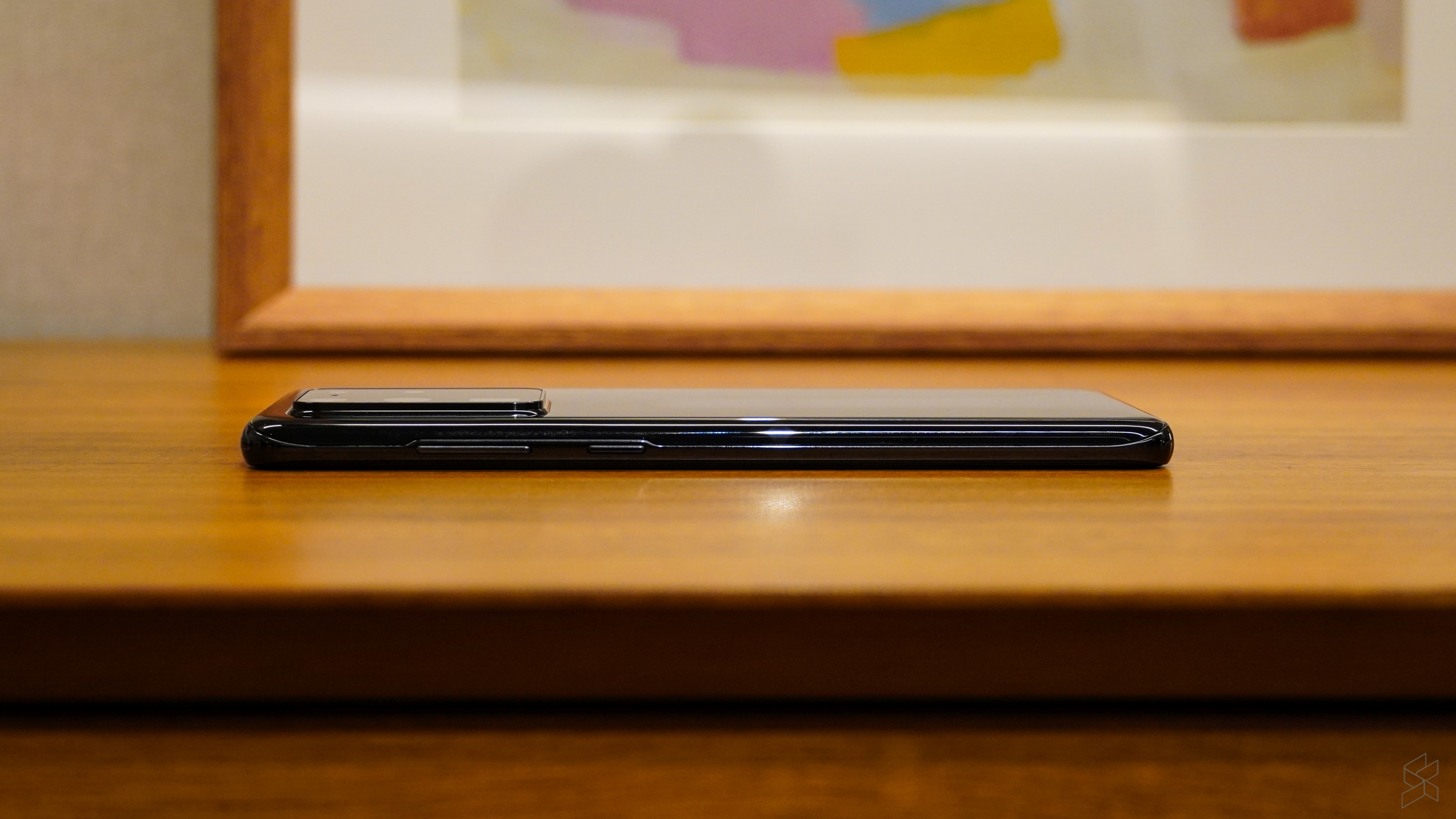
The high pixel count on the sensor allows the Galaxy S20 Ultra to combine the information collected from nine pixels into one huge pixel (this is called nona-binning. Nona in this case means nine and not the ‘nona’ that we’re used to, if you’re wondering). With the all pixels combined, you get an effective image resolution of 12MP from the 108MP sensor. This is useful for low-light images and also when you want to crop or zoom into the picture.
This is the first time a technology like this is used in a smartphone and while my hands-on time with the Galaxy S20 was brief what I can tell you is that the execution makes this a practical feature giving you more freedom to pick a section of an image and not lose sharpness or clarity. More flexibility is afforded to you to manipulate a picture after it was taken without losing the details of the image.
It’s the 100X zoom
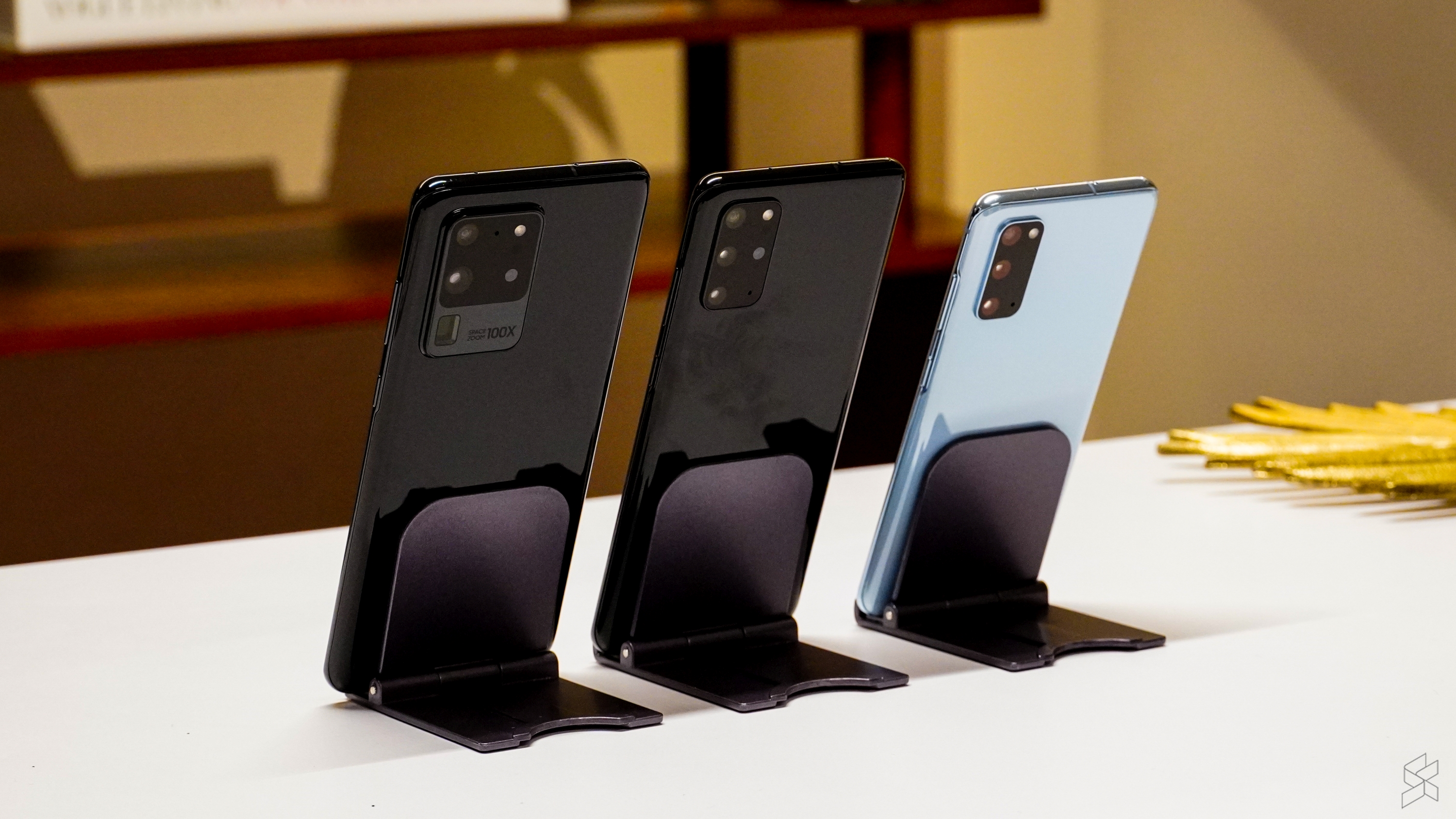
Long zoom phones are not new. Huawei pioneered the technology in the P30 Pro allowing users to take those epic pictures of the moon in great detail thanks to the help of some controversial AI-image processing.
Samsung’s Space Zoom feature is somewhat similar utilizing the power of AI and multi-image image processing to allow users to capture clear images even when the zoom is dialed up to 100X (30X on the Galaxy S20 and Galaxy S20+) and while I wasn’t able to take the Galaxy S20 outdoors to take a picture of the moon, Samsung’s demonstration of the technology is no less impressive, being able to capture an image of a pin placed on a globe the size of a basketball with the phone place some 30 feet away.
What sets the Galaxy S20 Ultra apart from the Pro 30 Pro is the smooth transition between wide-angle to telephoto. Where previously, when switching between the wide-angle lens to the telephoto lens was abrupt that it made know that there are different cameras, the camera app in the Galaxy S20 makes the change from one lens to the other smooth and seamless, as if you’re using one long zoom lens.
This effect is also not new. Apple has this in the iPhone 11. It’s a small detail but it makes a huge difference in the overall camera experience and I’m glad to see it in the Galaxy S20.
But it’s not just the specs
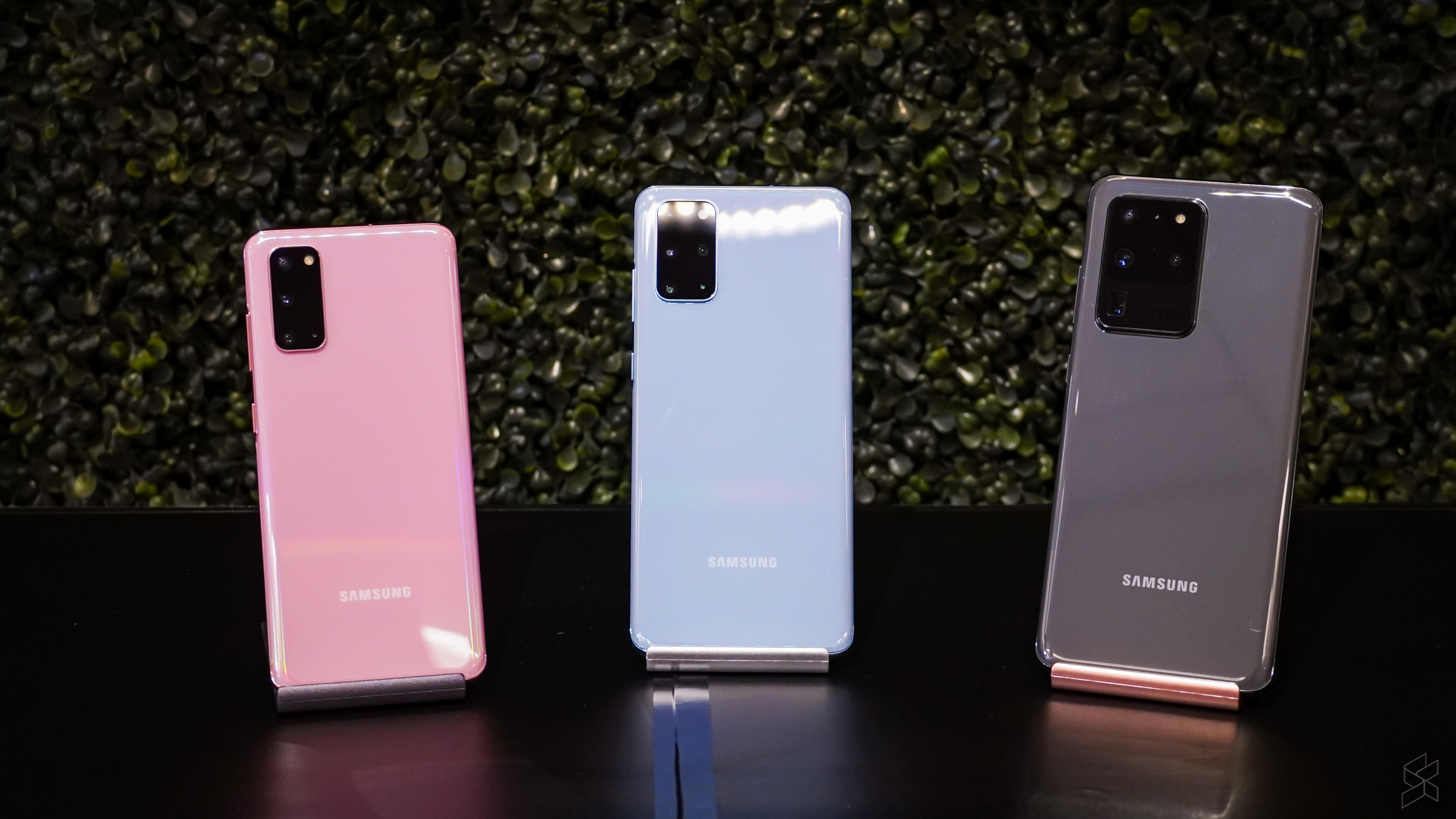
But the perfect phone is not just about the specs, it’s so much more than that. Any device maker can assemble the latest and greatest components into a device yet that doesn’t guarantee a perfect phone.
Take Huawei for example. One can argue that the components in a Huawei flagship are on par with Samsung and Apple but somehow, I find the Huawei experience lacking and it’s in the details—the nuances.
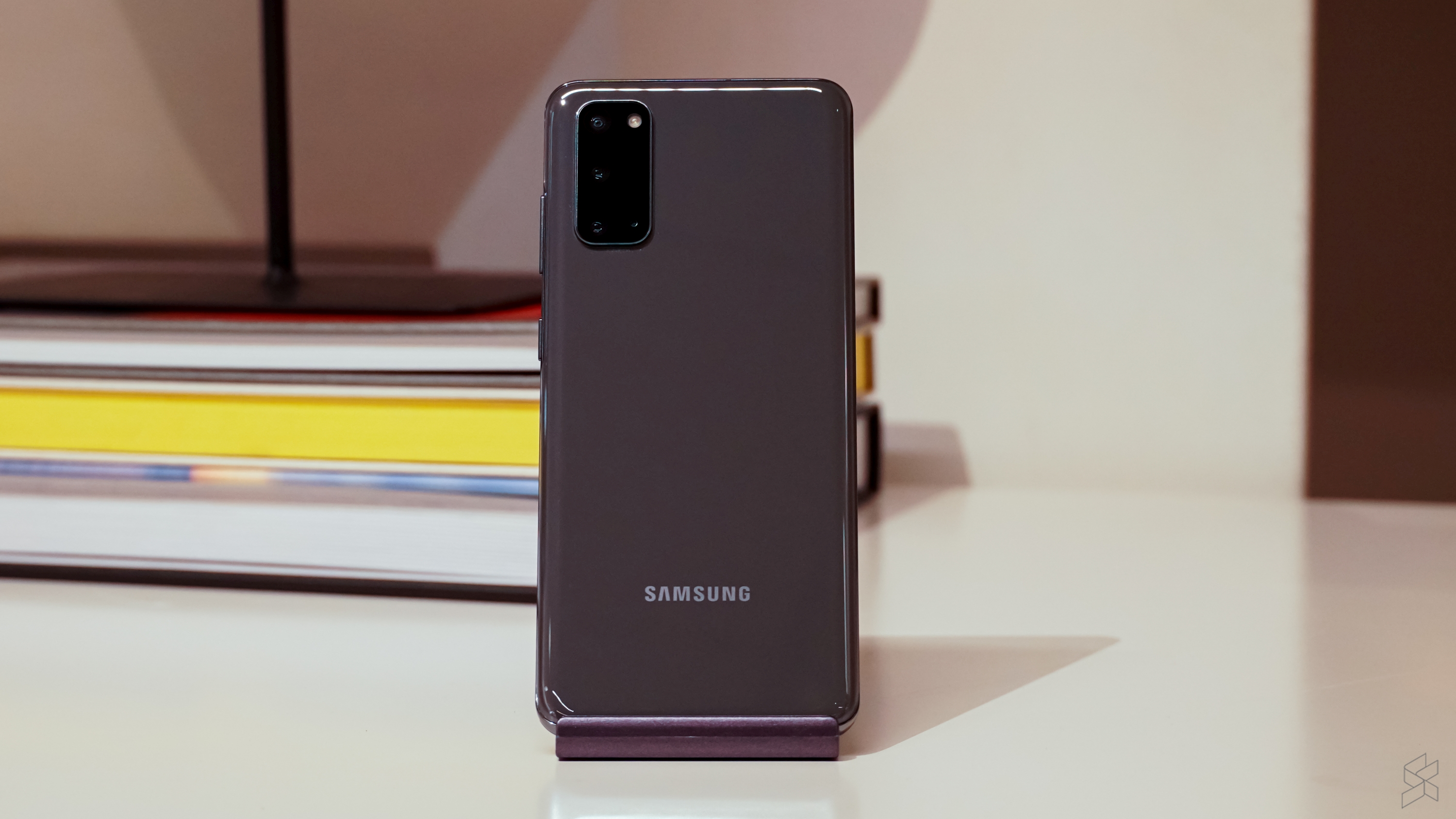
Apple on the other hand, is all about the detail. The transitions, the sounds, just the way things are done.
In this respect, I can say that in the Android camp, Samsung is the only one that can confidently compete with Apple when it comes to getting the details right. The One UI interface is sophisticated, easy to use and ahead of the competition.
Add to that the convenience of Samsung Pay, the government-grade device security offered by Samsung Knox that’s built right into all new Samsung devices and Bixby, and you have one of the most complete mobile operating systems in the market. No other Android-based device has this.
The minor niggles
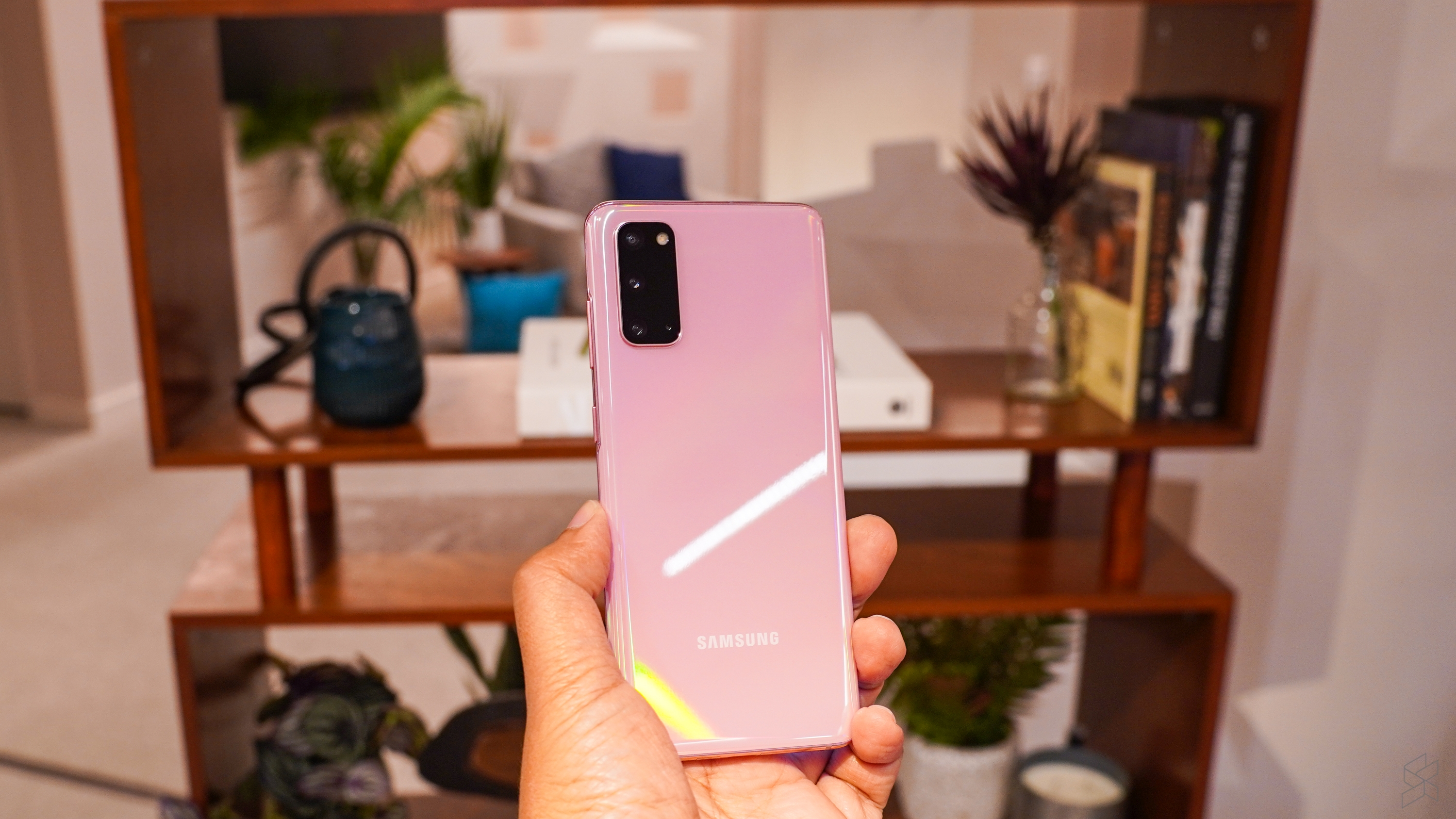
But of course, the Galaxy S20 is not completely perfect. The Galaxy S20, S20+ and S20 Ultra all don’t have headphone jacks. The camera bump on the Galaxy S20 Ultra is thick. Easily one of the most protruding camera bumps I’ve seen on any device that’s not a Nokia.
Then there’s One UI, some can argue that a stock Android experience is better or that they don’t like how One UI looks. I can understand these points but I’m going to chalk it up to preference more than anything else. And when it comes to preference, you can’t please everyone.
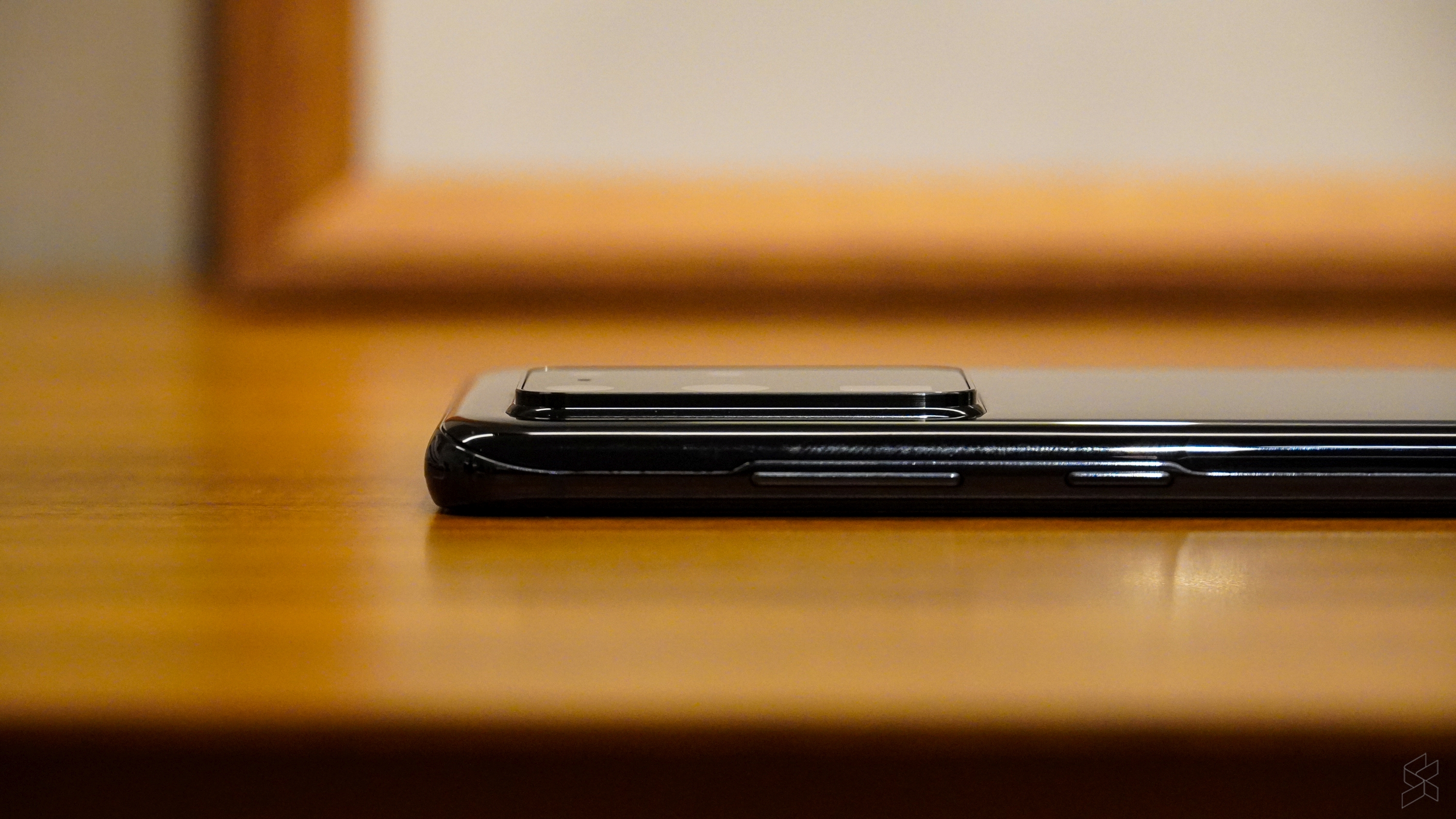
The one big issue I might have with the Galaxy S20 is battery life. My time with the phones were brief so this is not a full review but based on my past experiences with Samsung devices, battery life has always been a major pain point.
The problem is mostly because of the Exynos processor and partly due to optimsation between software and hardware. Samsung devices that run Snapdragon generally exhibit better battery life and it’s a pity then that Galaxy S20 running on Snapdragon won’t be coming to Malaysia.
Everything you’ll ever need in a smartphone.
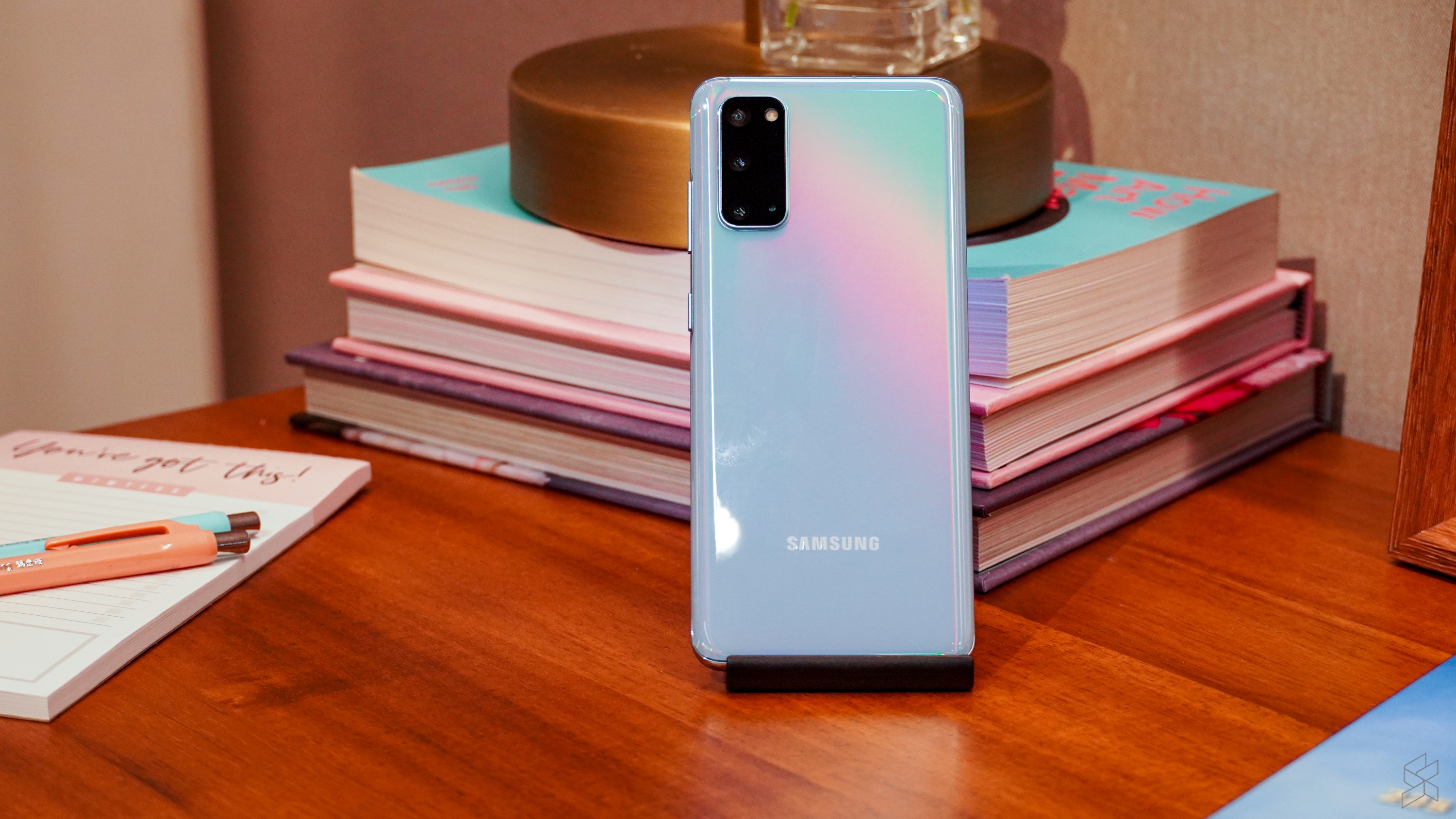
But after all is said and done, I can’t fault the Galaxy S20, at least not to a degree where I would not recommend it to my many friends and relatives who constantly ask me what phone they should get. It is perfection in the shape of a smartphone. The ‘everything phone’ with everything you’ll ever need in a smartphone in every aspect.
The epic zoom lens, the significantly bigger battery (the biggest ever installed in a Galaxy S, in the case of the Galaxy S20 Ultra), the high-refresh-rate display across the range makes the S20 thoroughly modern in terms of specification and capabilities.
And as I mentioned, anyone can put the best hardware in a phone but what really makes the S20 series special is the Samsung experience. The One UI operating system, Bixby (now with Bixby Routines integrated into more apps, such as Spotify), the ease of Samsung Pay and the bulletproof security of Knox, makes the S20 series the most complete smartphone you can get right now.
Photography by Amin Ashaari on the Sony A6600.








